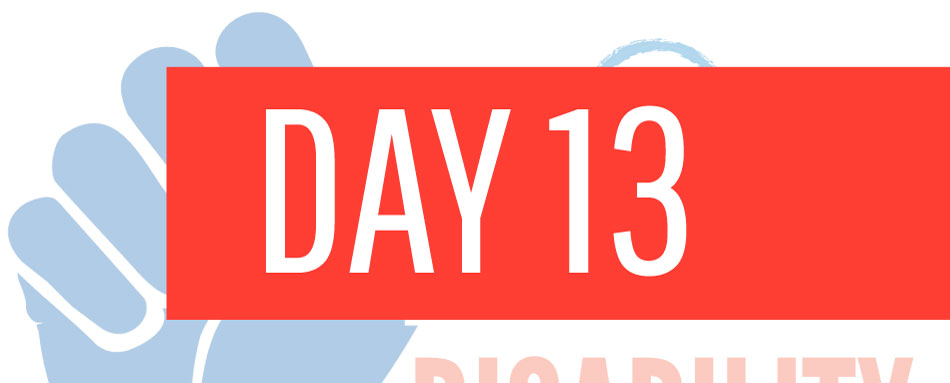
Many people think that marriage inequality for Americans ended in 2015, when the Supreme Court legalized same-sex marriage nationwide in Obergefell v. Hodges. However, another form of marriage inequality remains for people with disabilities. Disabled people often depend on federal benefits, such as Social Security income or Medicaid. However, laws about who qualifies for such benefits and how much support they are awarded penalize married individuals. Ultimately, people with disabilities may not be able to financially or medically survive the loss or reduction of benefits. As a result, many Americans with disabilities cannot marry the people they love.
These laws and policies go beyond preventing people from choosing to legally marry. In states that recognize common-law marriage, disabled people often cannot live with their partner or be open about their relationship without losing benefits. When a married person acquires a disability, they may also be forced to choose between staying married and getting a divorce in order to obtain medical treatment and a livable income. No one should have to make choices like these. There is an even darker side to the disability marriage penalty: If disabled people lose Social Security income or Medicaid when they get married, it can also make them dependent on their partners, putting them at greater risk of financial control and spousal abuse.
Social Security benefits policies are a source of major income inequality for single people with disabilities, and this is exacerbated for married couples. For example, if an individual Supplemental Security Income (SSI) recipient marries a person who is either receiving Social Security Disability Insurance (SSDI) or is employed, their SSI benefits may be reduced or terminated. In addition, if two people with disabilities who receive SSI decide to marry each other, they can lose up to one third of their total income. In 2024, the SSI individual maximum is $943 per month, and the couple maximum is $1,415 per month. Remarkably, the 2024 federal poverty level for a family of two is $20,440, but the government expects disabled couples on SSI to survive on just $16,980 a year.
Couples on SSI will also see a 33% reduction to their asset limits if they choose to marry. For individuals, the limit to savings in money or assets is $2,000, and for a couple, it is $3,000. These limits have not changed since 1984—not even to adjust for inflation. Such asset caps make achieving financial stability near impossible, and when couples with disabilities encounter new medical needs or emergencies, this can have life-or-death consequences.
Medicaid, which is the primary government-funded insurance program for people with disabilities, also has income limits that prevent people with disabilities from choosing marriage. People can lose Medicaid on the basis of their spouse’s income or assets. The impact of losing Medicaid coverage after marriage can be devastating. Adequate health care is a life-or-death necessity for many disabled people.
The disability marriage penalty is rooted in ableist, outdated policies that fail to account for the modern economic realities and needs of disabled people. When the laws were written for Social Security and Medicaid disability, society expected people with disabilities to remain in institutions, state-run hospitals, or home with the family who raised them. But people with disabilities deserve the right to live independently, form romantic partnerships, and marry who they choose. Today, the disability marriage penalty is responsible for holding many disabled people back from these rights. It is urgent and necessary to change the laws and policies that still produce marriage inequality for people with disabilities. This complex issue highlights the need for a more inclusive and equitable approach to social policy, one that respects the rights and dignity of people with disabilities.
![[Image description: An illustration on a bright blue background of two gold rings linked together with an equal sign in the middle. One gold ring forms the wheel of a wheelchair with a person in it. Text reads: “Don’t make me choose between my love and my healthcare!” The ‘O’ in love forms a pink heart.
Attribution: Dom Evans Online.]](https://unitedforscmi.org/wp-content/uploads/2022/08/dec13.jpg)
[Image description: An illustration on a bright blue background of two gold rings linked together with an equal sign in the middle. One gold ring forms the wheel of a wheelchair with a person in it. Text reads: “Don’t make me choose between my love and my healthcare!” The ‘O’ in love forms a pink heart. Attribution: Dom Evans Online.]

Read
- Sara Luterman, The 19th – Marriage Could Mean Losing Life-Saving Benefits for People With Disabilities
- Tammy LaGorce, The New York Times – Seeking Marriage Equality for People with Disabilities (includes audio)
- Aria Velasquez, Reckon – How the Government Forces Disabled People To Choose Between Marriage and Basic Needs
- Sage Howard, HuffPost – This Is How the Marriage Penalty Screws Over Disabled People

Watch
Carrie Wade, Rooted in Rights – Did Love Win? (3:19, includes captions, audio description, and transcript)
Listen
Pantsuit Politics Podcast – More to Say: Love and Marriage and Disabilities and Money (11:04, includes transcript)
Discussion
- Why do you think the policies around disability benefits and marriage have not been updated to reflect modern economic realities?
- What specific changes to Social Security and Medicaid policies would you propose to address marriage inequality for people with disabilities?
- If you had to pick between marrying the person you love and your basic financial and medical needs, which would you choose?
